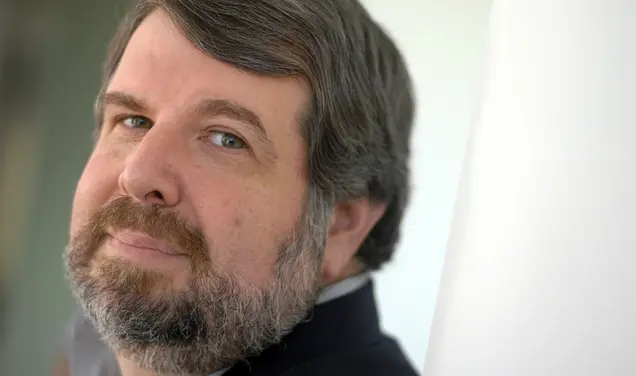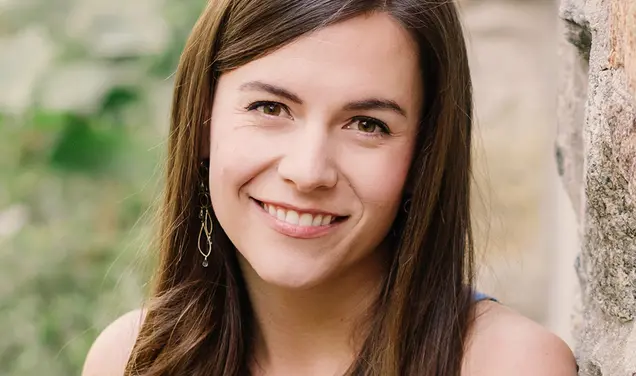Lauret Savoy ’81, Earth Scientist, Map Reader, ‘Memory Tracer’
“Read me, it called then. It still does,” writes Lauret Savoy ’81 in her new memoir, Trace: Memory, History, Race, and the American Landscape, a finalist for the 2016 PEN Open Book Award and nominee for a Pushcart Prize.
This is how Savoy, a professor of environmental studies and geology at Mount Holyoke College, describes the beloved map she’s carried for years — a large, “creased, taped, and re-taped” roll she’s unfurled on every cross-country trip since Princeton, “since that day in college when Professor Judson handed out copies to his geomorphology class.”
Savoy’s map, as she recalls in Trace’s fifth chapter, “What’s in a Name,” is a hand-drawn and inked copy by “master cartographer-artist” Erwin Raisz. It’s also something she “reads” — which suggests that Savoy sees her map as something more than the shaded, textured terrain of “physiographic landforms”; her map, like Trace, is a text. And its style — precise yet expansive, even hard-to-pin-down — models Savoy’s unique background.
“I don’t define myself as a geologist,” Savoy says, though she earned a M.S. in earth sciences from the University of California, Santa Cruz, and a Ph.D. from Syracuse University. Rather, Savoy identifies as a writer who uses her “experience and past work as an Earth historian” to explore themes of race, identity, culture, and heritage.
“I define geology (geo– & logo) or ‘understanding Earth’ very broadly,” says Savoy.
“Geology provides an elemental foundation of place. It is key both as a way of seeing Earth and as metaphor for considering the deposition and erosion of human memory. And race is a key piece of it all.”
In addition to Sheldon Judson’s “Geomorphology” class, Savoy fondly remembers her “Sedimentology” course (taught by Franklyn Van Houten), and her “Stratigraphy” course (taught by “Al” Fischer & Harvey Sachs).
As a student at Princeton, Savoy says that she was most interested in “reading the land, its textures, its history from rocks, fossils, and the shape of Earth’s surface.” She remembers falling in love with the field — especially with “soft rock geology” and “surficial geology.”
In “Provenance Notes,” Trace’s second chapter, Savoy recalls her 7-year-old self — and then, with a force like something seismic under the fault line, Savoy abruptly thrusts the narrative into different territory, up to the “…steeply titled sandstone ledges hundreds of feet high” in the Mojave Desert, a “geologic curiosity” in the San Andreas Fault zone called the “Punchbowl.” These are ambitious, wide leaps: of genre, tone, time, and scope.
“I’m a memory tracer: in my writing, and in my historical as well as geological research,” she says. “My underlying thinking is informed by my training as an earth scientist as I examine many ways in which narratives of this land are made, told, and lost,” she says.
As a memoir, Trace uses its title fully, as both noun and verb: It’s a personal journey that explores one writer’s family background and history, yet it’s also a record, an artifact, a map — a guide not only for Savoy, but for others. For the present, and future.
Savoy’s other books include The Colors of Nature: Culture, Identity, and the Natural World (2011), an anthology Savoy co-edited with Alison Hawthorn Deming; Bedrock: Writers on the Wonders of Geology (2006), an anthology co-edited by Eldridge Moores and Judith Moores; and Living with the Changing California Coast (2005), co-authored with Gary Griggs and Kiki Patsch.











No responses yet